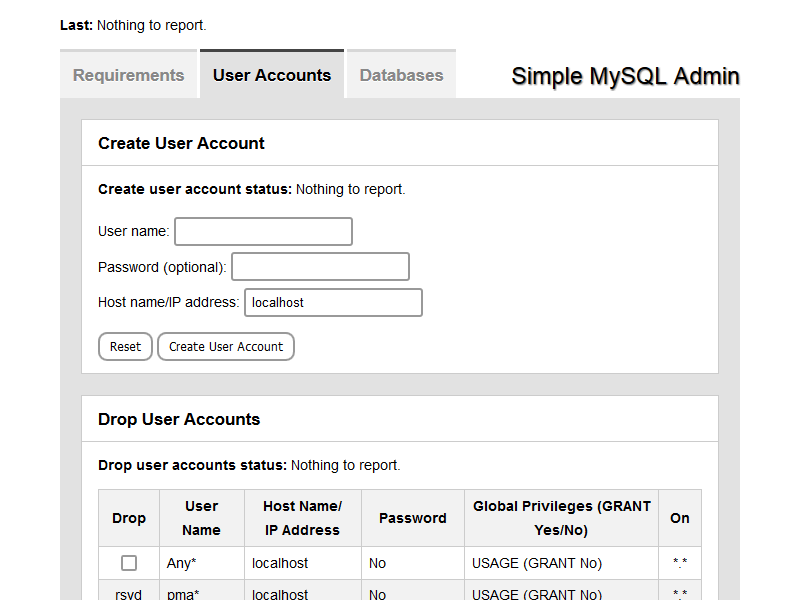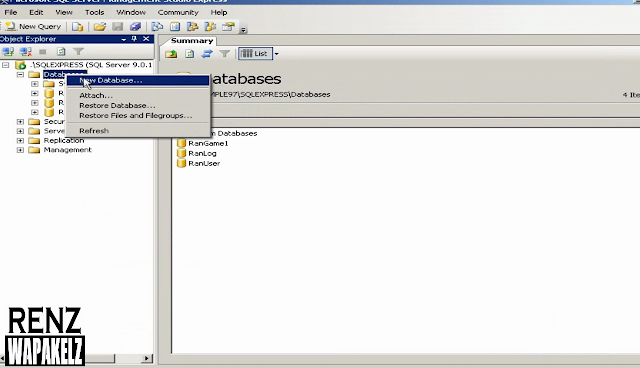


If the user-submitted data is not properly validated, an attacker can exploit this query and pass through the login screen by simply submitting specially crafted variables. This attack can succeed whenever a user submits data that is not properly validated by an application if the data is glued together with a legitimate SQL query.įor example, the following SQL command is used to validate user login requests: $sql_query = "select * from users where user='$user' and password='$pass'" SQL injection is an attack that allows the attacker to add logical expressions and additional commands to an existing SQL query. After that, I will describe webshells and the attack itself. I will use 2 built-in MySQL commands – one that writes arbitrary files and one that can be used to read arbitrary files. Then I will present you with a couple of less-known methods that exist in MySQL, which I will use to open a backdoor to a webserver. Nonetheless, I will show you how SQL injection can allow anyone to run arbitrary commands using standard features provided by MySQL.įirst of all, I will give you a brief description of SQL injection.

MySQL does not have a built-in command to execute shell commands, as Microsoft SQL Server does. Most people know that SQL injection allows attackers to retrieve database records, pass login screens, and change database content, through the creation of new administrative users. I originally published this article in 2008 on the GreenSQL website.
#Ran online private server sql injection full#
In this article, I would like to show you how SQL injection can be exploited to gain almost full control over your web server. Some of these applications are written with security in mind, and some are not. Various web applications use MySQL as their default database. MySQL Database is a great product used by thousands of websites.


 0 kommentar(er)
0 kommentar(er)
